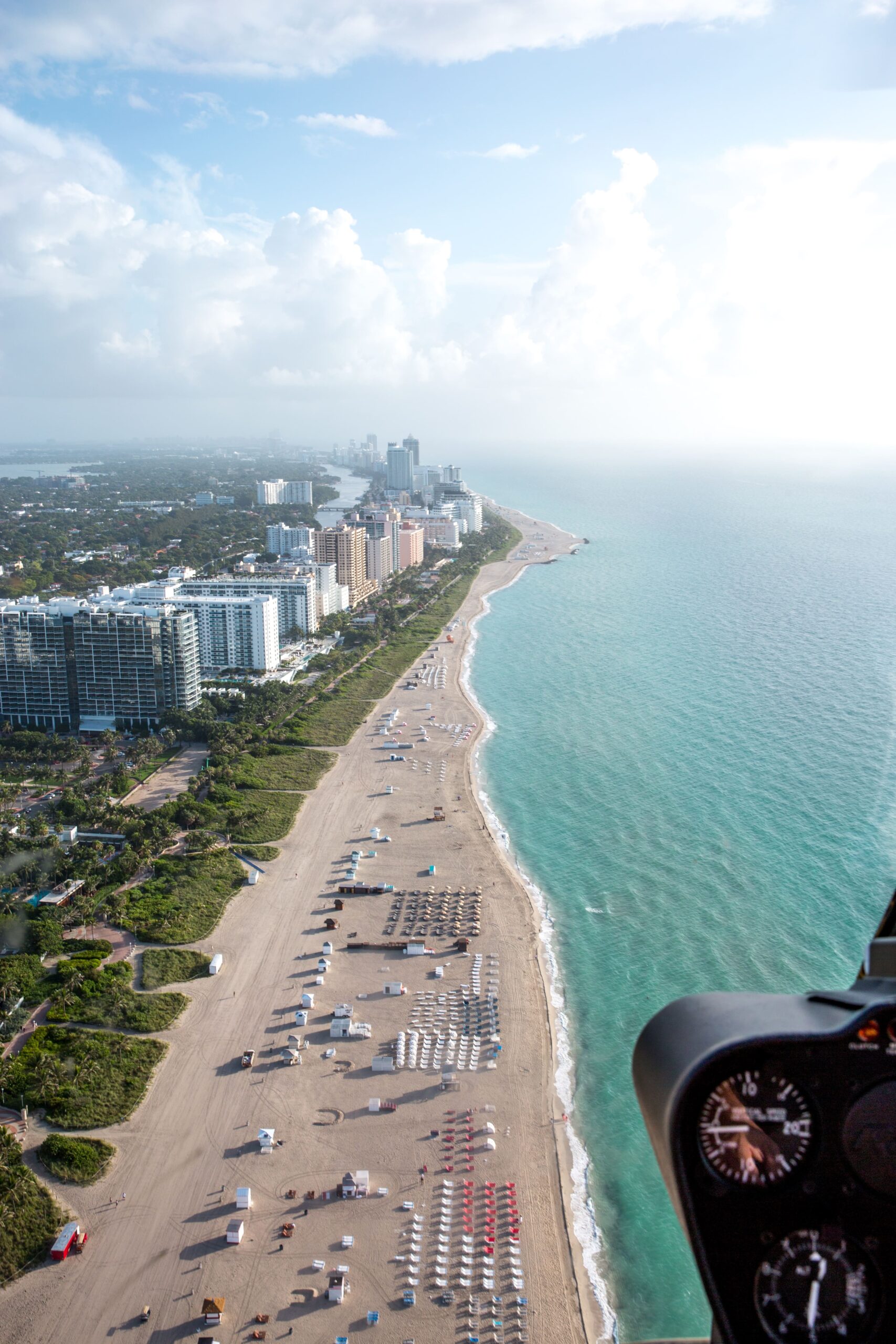 Miami has always been a city on the rise, and we mean that quite literally. From a buildings and land use perspective, the City of Miami is planning for its present and future needs by emphasizing a denser, more walkable urban core. For key cities throughout South Florida, this means we can expect to see taller and taller buildings continuing to dot the skyline.
Miami has always been a city on the rise, and we mean that quite literally. From a buildings and land use perspective, the City of Miami is planning for its present and future needs by emphasizing a denser, more walkable urban core. For key cities throughout South Florida, this means we can expect to see taller and taller buildings continuing to dot the skyline.
Urban Planning in an Era of Rapid Climate Change
While many amendments to Miami 21, the city’s zoning code, are in response to climate change and sea level rise, there have also been instances of increased height allowances in certain areas to accommodate urban development and densification.
For example, Miami Beach will soon welcome its tallest building at 519 feet at the end of the year, and perhaps most impressive will be the 1,049-foot Waldorf Astoria “supertall” skyscraper, which is expected to be completed in 2027.
The Waldorf Astoria tower will become the tallest residential building south of New York City and is designed to withstand the 150-200-knot hurricane-force winds that impact the coastline.
Green Building Incentives for New and Renovated Buildouts
Changes to the South Florida skyline are driven by the city’s growth, economic considerations and the desire to attract investment and real estate development. As an added bonus for developers, the city is also incentivizing green initiatives. Examples include:
- Expedited permitting for green buildings as per Section 10-4(b)(3)(m) of the City of Miami Code of Ordinances.
- Waived permit fees and expedited permitting for residences looking to install rooftop solar.
Before planning any construction project in Miami, it’s important to consult a local contractor who is knowledgeable about local rules, regulations and trends. Key cities like Brickell, Miami Beach and the Gables rely on their local government authorities and planning departments to regulate building height limits to maintain the character, density and infrastructure capacities of different areas. An experienced and local contractor will be familiar with the differences and similarities among urban areas and can guide you through your project.
To learn more about South Florida construction and development opportunities, please give us a call at Seacoast Construction.
- test :


